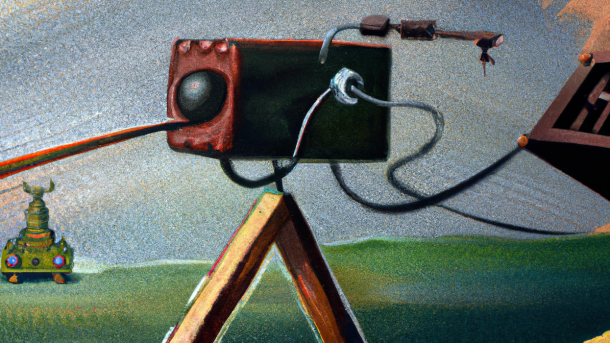In my last blog post, I said that I wanted to try finishing a project instead of starting a new one. Let’s forget that and kick off a new project.
Continue reading...programming
Delayyyyyy: v0.1.0, The First Release
Time for a celebration! The 0.1.0 release is here. It took quite a lot of effort to get everything in place and tested. As usual, the...
Continue reading...Delayyyyyy: BPM synced delay effect
As a hobby project, I have been working on a VST plugin lately. For people who are unaware of what a VST plug-in is (I assume...
Continue reading...





